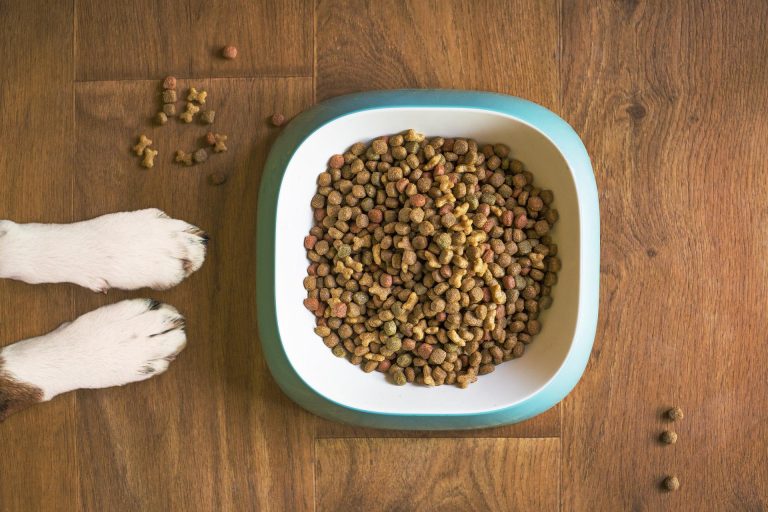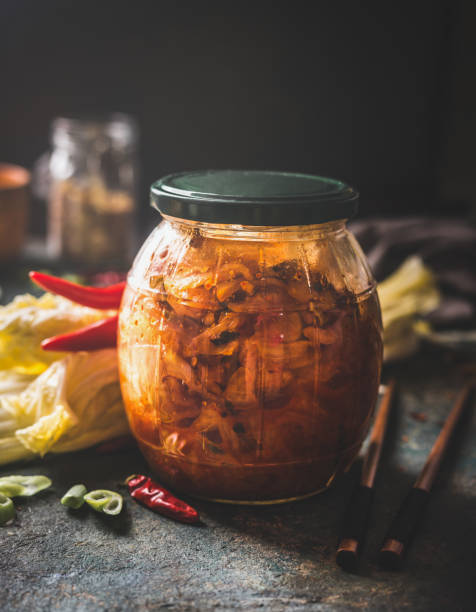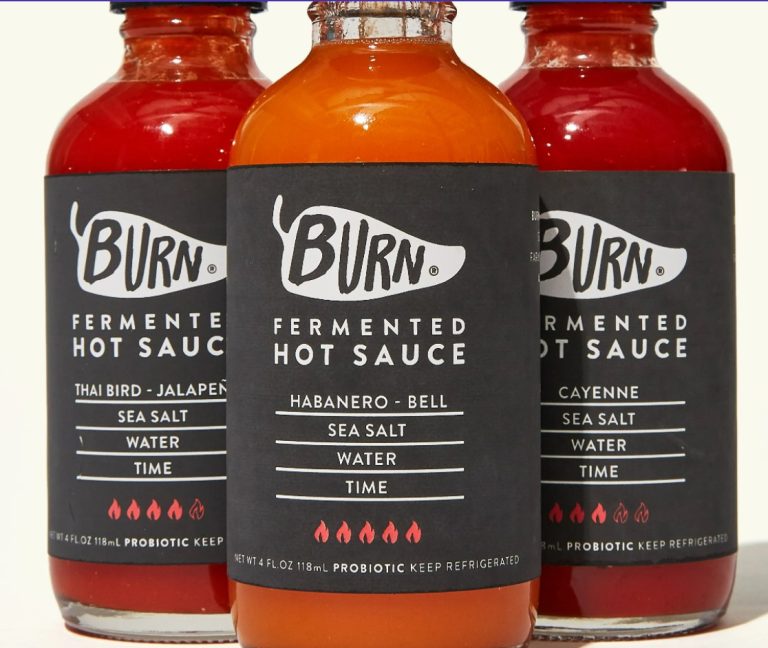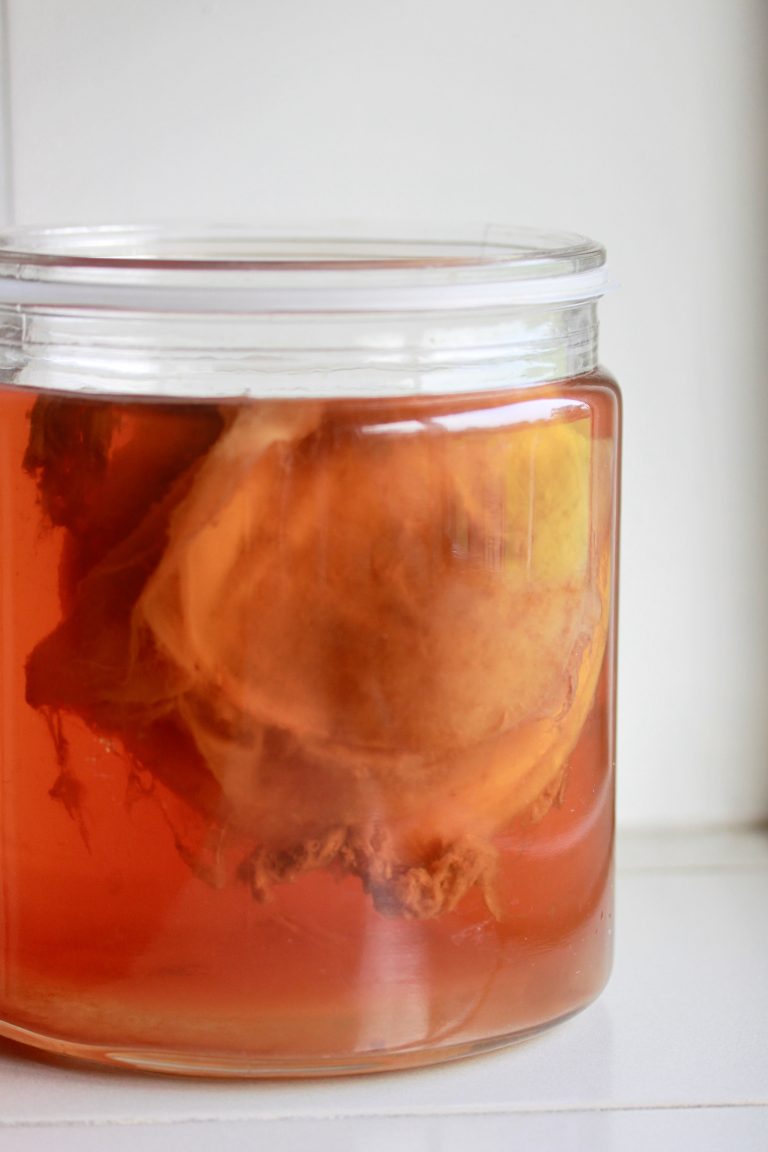Fermenting Bananas: What You Should Know
The U.S. is a nation of people. Bananas are the third most popular fruit in the country, according to the Department of Agriculture.
They are an excellent source of fiber, as well as being full of vitamins and minerals. Some people might avoid them because they are also quite sweet.
If you ferment bananas, you can get rid of sugar and gain more benefits from the flora.
It isn’t just the peaches and plums that are the most popular option when it comes to fruit fermentation.
For example, you can ferment bananas with a few ingredients. You can eat or add them to a baking recipe once they’re fermentable.
Bananas, like all fruits and vegetables, contain natural enzymes that aid in digestion.
Bananas are also rich in vitamin B6 and potassium, and when properly fermented, they can be used to make banana wine and banana beer.
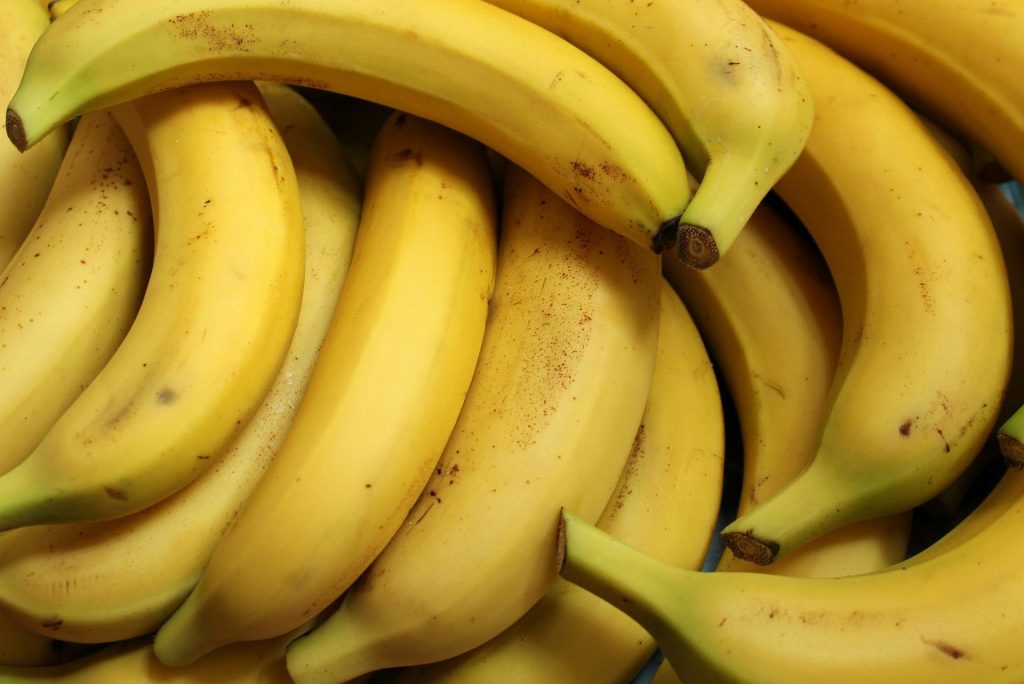
Table of Contents
What Will Happen If You Ferment Bananas?
The process that takes place when you ferment bananas is known as Lacto-fermentation. The naturally occurring bacteria eat away all the sugars and starches in the bananas.
Lactic acid is one of the by-products of the process. The sharpness of the flavor is associated with the lactic acid in fruits and vegetables.
The compound is used to make sure the bananas stay preserved.
If you are having issues with bananas being broken down in your body, you can ferment them to allow better absorption.
Some of the health benefits of bananas can be found here. They can help with many gut conditions, such as Irritable bowel syndrome and skin conditions.
What Is The Time Required For The Bananas to Ferment?
It is not a good idea to prepare fermented foods for everyone. It will take a bit of patience until you get the final product.
The process will take less time than it would some other foods. Bananas will take a day or two to ferment after the lid is closed and placed in a dry spot in your pantry.
The process might take longer during the winter months than it does in the summer.
If the process is successful, you can place the bananas in the fridge or even freeze them and use them later.
What Is The Taste Of Fermented Bananas?
You can ferment bananas if you can’t eat them due to diet restrictions or if you’re on a low-carb diet.
You don’t have to worry about the sugar or the health benefits of bananas, because this way you can enjoy them.
It is important to keep in mind that bananas that are fermentable don’t taste the same as fresh bananas.
The smell will be similar to bananas, but the taste will be sour and bitter. A fresh banana won’t have the same taste like one that has been there.
It’s a good idea to pay attention to the unpleasant smells, as that could be a sign that the process was unsuccessful.
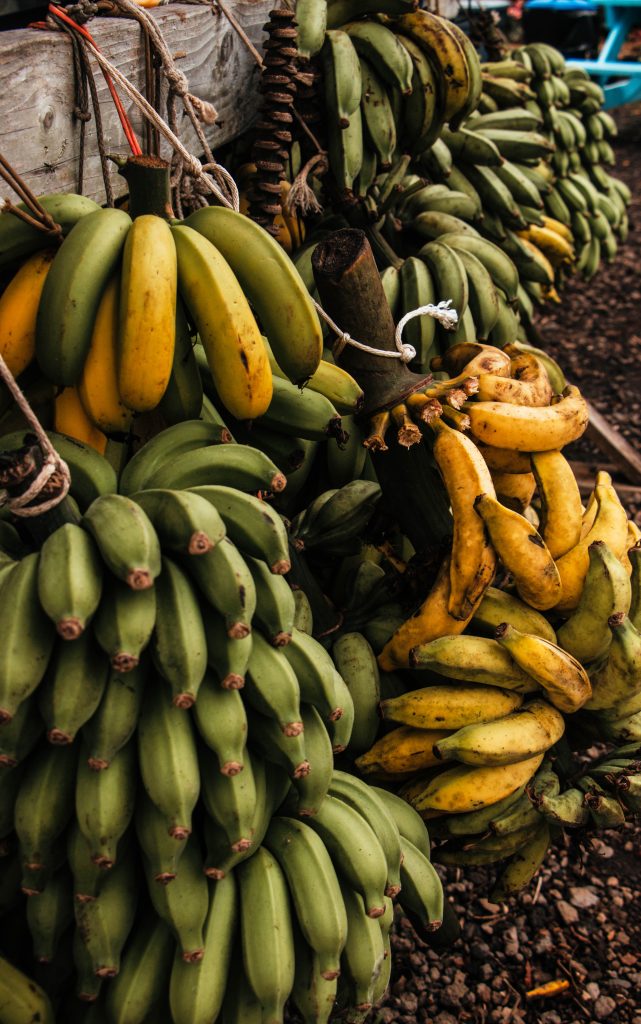
Is It Possible To Ferment Bananas Into Alcohol?
You are familiar with the various types of fruit wine, such as the one made from grapes, berries, and pineapple.
Did you know that you can make banana wine as well? It is also possible to make banana beer with wine.
Both recipes originate from Africa and are used in special ceremonies and occasions. Banana wine is clear and sparkling and doesn’t oxidize as quickly as banana beer.
How To Make Fermented Bananas?
I talked about the process of making bananas and how easy it is to make them.
There could be some differences in the approach, but banana fermentation requires several ingredients.
- Bananas
- Sugar
- Salt
- A probiotic capsule
Brown sugar is recommended to be used instead of white. One Mason jar is all you will need to use the necessary tools.
A tall glass covered with a rubber band and plastic wrap can be an alternative. If you only have one banana to work with, here’s what you should do.
- The banana can be cut into small or medium-sized pieces.
- The water should be put into the Mason jar. Add a pinch of salt in the water.
- It’s a good idea to add a bit of sugar to the mixture.
- The contents of the capsule should be put in a container.
- Put the mixture in a container and then add the bananas.
- Make certain there is at least an inch of room left at the top.
- It’s best to place the mixture in a safe place.
- The Mason jar should be checked after a few days.
- It is possible to eat the bananas immediately if it smells good.
If you begin to ferment bananas, adjust the quantities according to the instructions listed above.
If one of the batches was successful, you can use some of the liquid from the next batch.
You don’t have to add more than you need to. The change might mean that you need to change the time that you ferment to work faster.
You might not even need the additional salt if you become very efficient in banana making. It’s important to use glass containers and not plastic ones.
What To Do With Fermented Bananas?
Let’s take a look at the many health benefits of bananas.
They are great for heart health because they are rich in potassium, which helps regulate blood pressure.
Serotonin, a mood-enhancing neurotransmitter, is converted into dopamine by the high levels of tryptophan in bananas.
Bananas have many health benefits, including better digestion, vision, and overall bone health.
When you combine the benefits of bananas with the many advantages of fermentable foods, it becomes the best idea ever.
The bananas can be kept in your fridge or freezer after the process of fermentation is over.
If you want to add them to a smoothie, you can either consume them with yogurt or morning oatmeal.
One of the best ways to make a healthier version of banana bread is to use fermentable bananas.
Conclusion
If you have a few bananas that might go bad in the kitchen, you might want to give fermented bananas a try.
Some people are very passionate about discovering new food. Bananas are well-known for their health benefits and they ferment very well.
It doesn’t take too much work, and that’s the best part. A banana, brown sugar, a small amount of salt, and water are all you need.
It’s possible to eat bananas in 36 hours or less with the right temperature.

Foodie and a passionate cook, I am here to share all of what I know about cooking, kitchen, and food prepping.
Follow me for delicious and healthy recipes.

